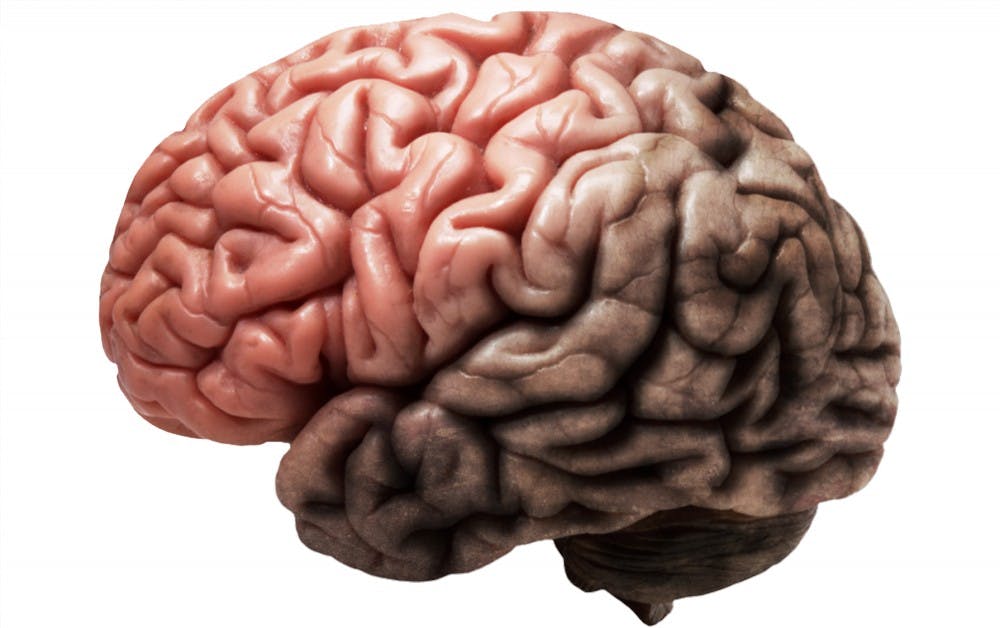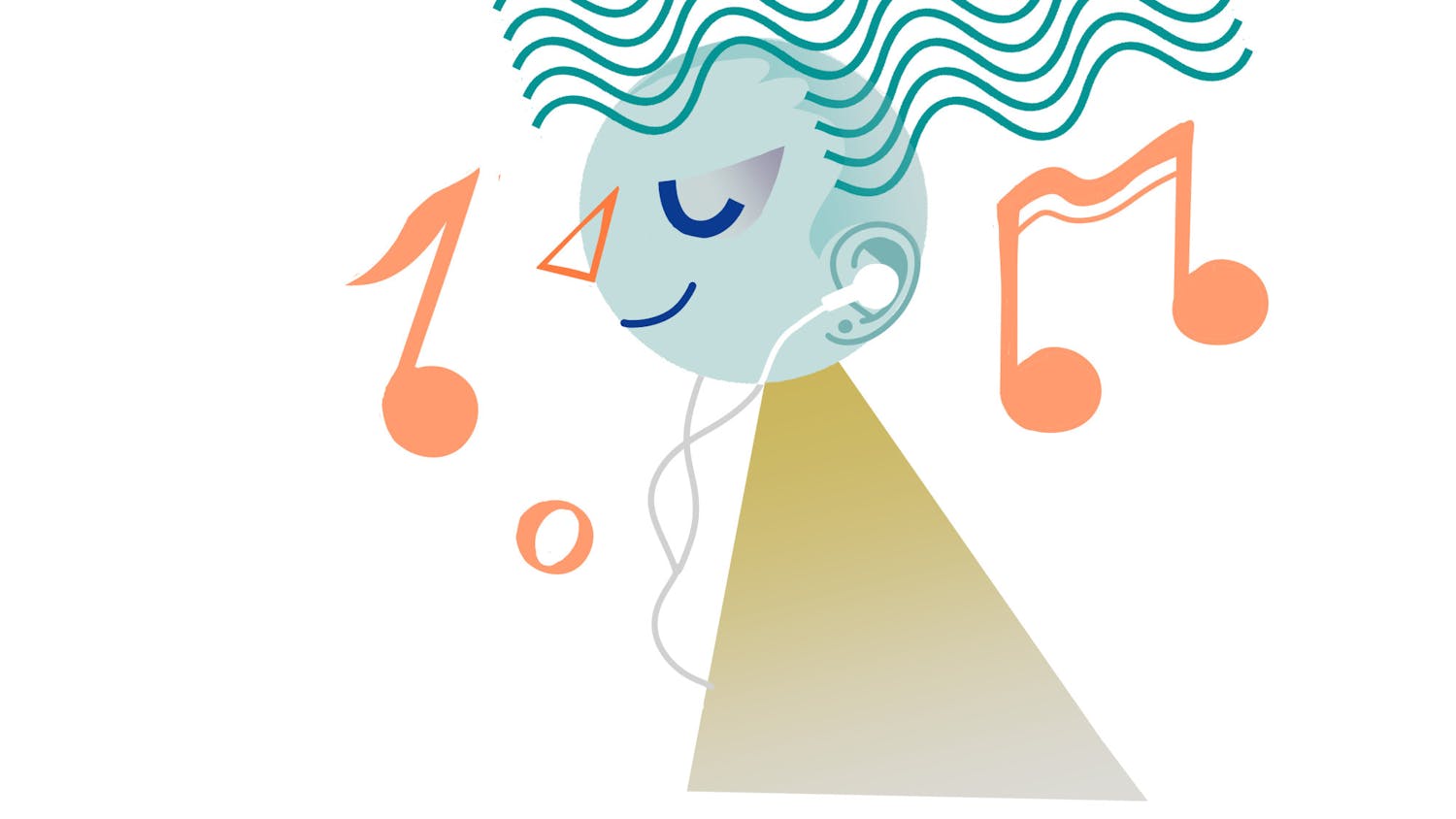Researchers at the UNM Mind Research Network have developed a vaccine that presents the possibility of a cure for Alzheimer’s disease.
Assistant professor Kiran Bhaskar and senior research specialist Nicole Maphis at Molecular Genetics and Microbiology have worked on several projects that relate to Alzheimer’s pathology, including the new vaccine development.
Alzheimer’s affects 5 million people nationwide, Maphis said, because it is an age-related disorder and develops over time. The number of Alzheimer’s patients is expected to triple by the year 2020, due largely to the “baby boomer” generation.
“If we don’t start putting energy, money and resources towards finding a cure or treatment or something that could even prevent it, where are we going to be in five or seven years?” she said.
Many people are familiar with the clinical changes of Alzheimer’s, such as progressive memory loss and difficulty with reading, writing, speaking and performing daily tasks, Maphis said.
“What people don’t see is what’s happening on the inside,” she said. “It’s this perfect storm of terrible things.”
Maphis said a large part of that perfect storm involves what is called neurofibrillary tangles, or NFTs, which form inside of the neurons and are composed of ‘pathological tau,’ or p-tau.
Their research focused on these NFTs and the p-tau specifically, which sits on the axon and serves as a bridge for communication between other neurons and the whole brain network, she said.
When a certain incident occurs, such as Alzheimer’s disease or traumatic brain injury, the tau becomes phosphorylated and eventually falls off. Disconnected tau then link together and form the sheets known as NFTs.
“Alzheimer’s is not a normal part of aging. It’s not like you’re going to get older and you’re going to get sick,” Mathis said. “Alzheimer’s is a very progressive disease — and it is a disease. It doesn’t have a cure, and it doesn’t have a treatment.”
Bhaskar said research for the vaccine occurred from April 2013 to Feb. 2014 and was made possible by funding from a $50,000 one-year pilot Research Allocation Grant, received from the Health Sciences Center.
Working with collaborators, Bhaskar and Maphis sought to create a vaccine that would target the p-taus and intervene before they become NFTs. The vaccine had to be strong, long-lasting and devoid of major side effects.
Get content from The Daily Lobo delivered to your inbox
The solution was to use VLP, or virus-like particles, which appear to the body as viruses but are actually hollow and can be used to elicit an immune response, Maphis said. VLP vaccines are currently used to treat viruses such as Hepatitis B and HPV, among others.
“You take this virus-like particle and you can do lots of things with it, and it’s nice because it’s cheap and easy to use,” Maphis said. VLP vaccines are also repetitive, meaning they cover a lot of ground and hit many receptors at the same time.
Once they had a possible vaccine, they used mice with p-tau in their brains to test it, she said. As with most experiments, the afflicted mice were split into two groups: a control group receiving an “empty” VLP vaccine, and the other receiving the research p-tau VLP vaccine.
Over time the two groups were then given behavioral tests and through these, she said, the animals that received the p-tau VLP performed better and showed improvement in memory.
“Before we even looked at the brain, we already saw behavioral rescue, which is really important because it’s good to get a vaccine or treatment to work that’s going to rescue the behavior,” Maphis said.
She said that after the behavioral tests were complete, they looked at the animals’ brains and noticed the mice given the p-tau VLP vaccine showed a threefold decrease in p-tau and NFTs in the brain as well as decrease in brain-inflammation in the hippocampus.
“This vaccine treatment induced a large antibody response, that it rescued recognition and spatial working memory in these animals,” Maphis said.
The next step, according to Maphis, is to investigate the therapeutic windows of vaccine to find out if its effects are long-lasting or if they will regress eventually, and also determine if it will be useful for advanced-stage Alzheimer’s patients.
Bhaskar said they are currently in the process of publishing their study and getting FDA approval before they prepare for human testing — a process that may take more than a year.
“We were thrilled to know that this novel vaccine strategy works great in reducing tangle pathology in animal studies,” Bhaskar said. “Having said that, we want to be cautiously optimistic as we move forward with this vaccine study in further towards human trials.
Matthew Reisen is a senior reporter for the DailyLobo. He can be reached atnews@dailylobo.comor on Twitter @DailyLobo.






